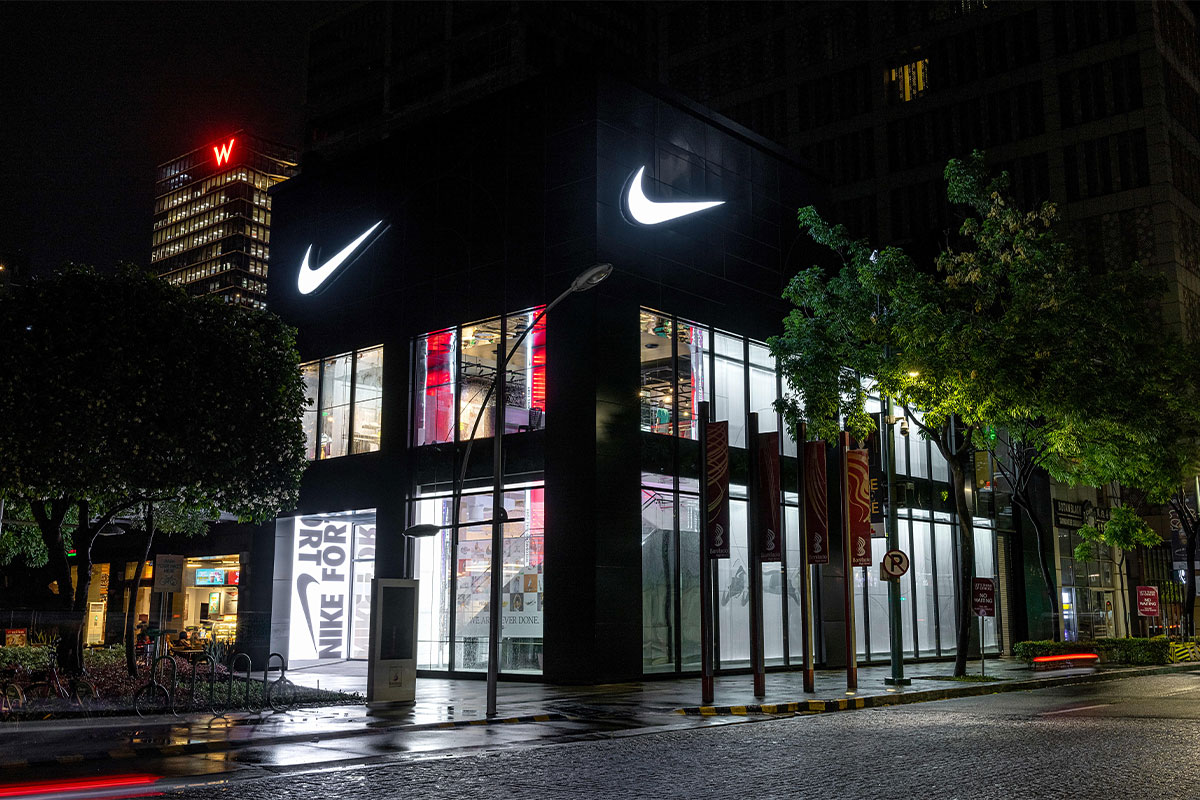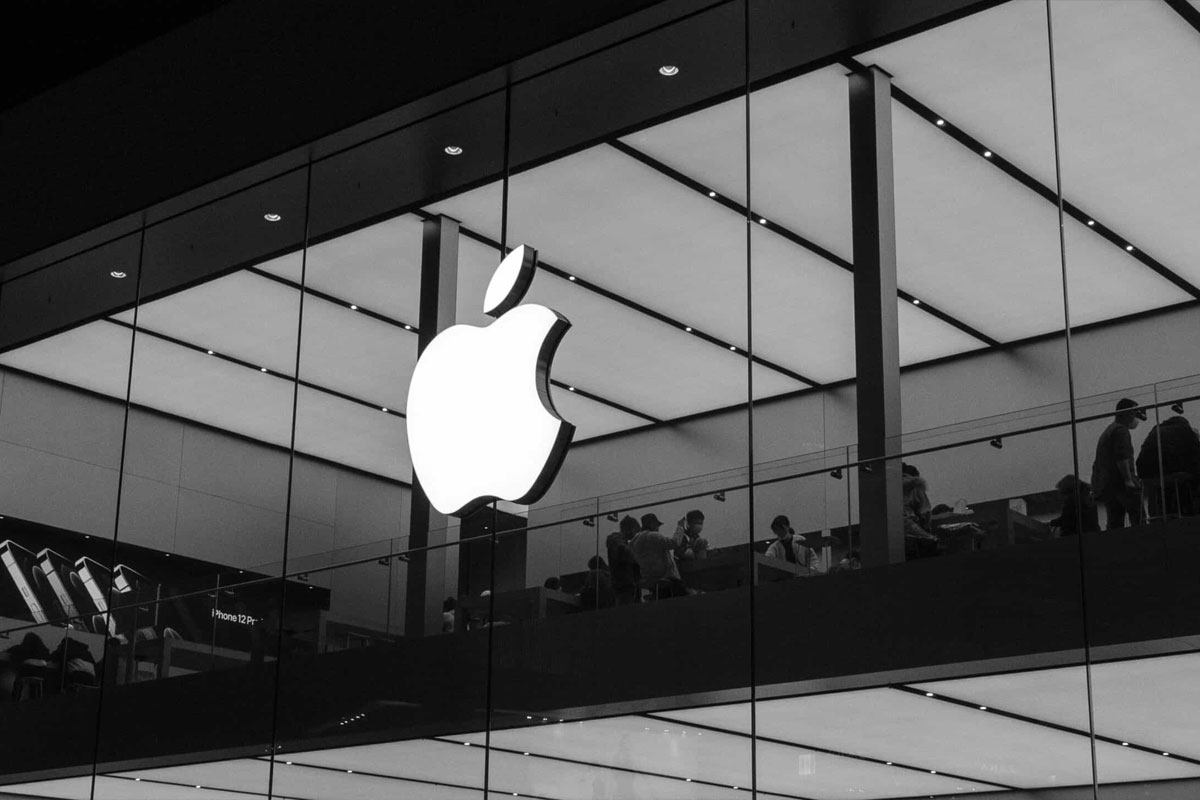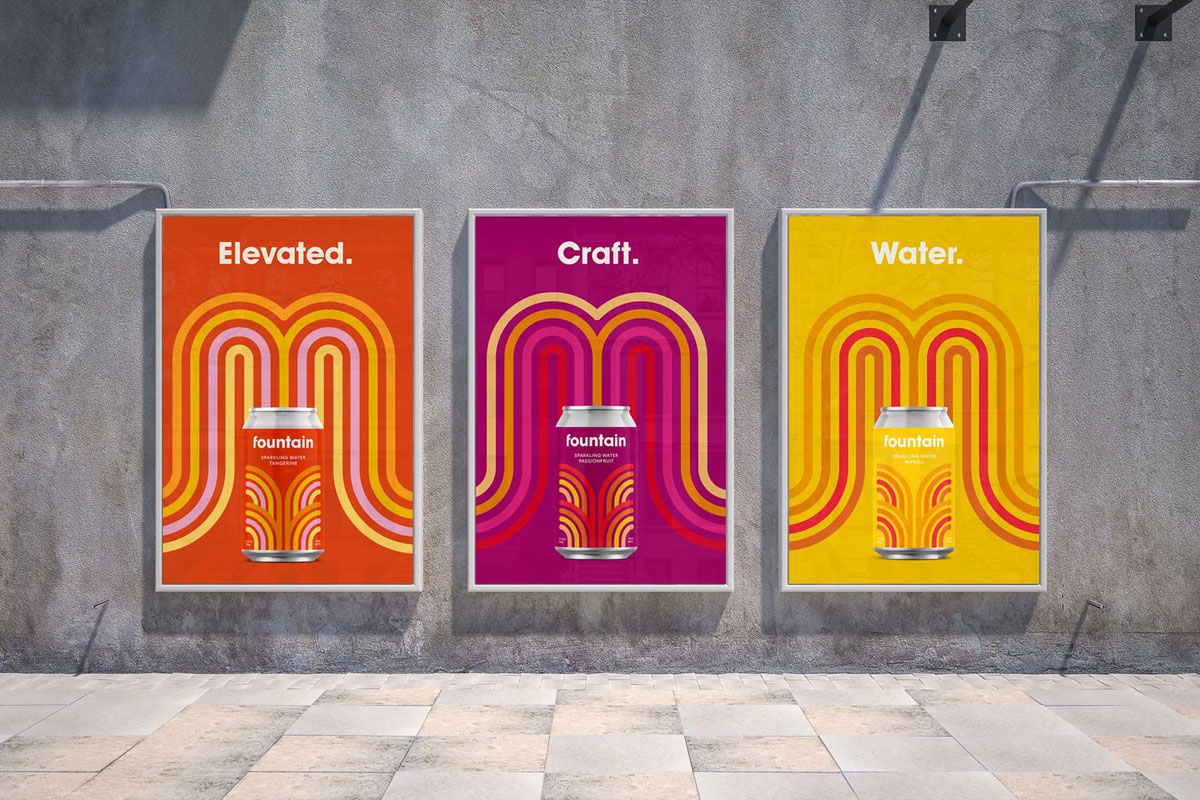How to Turn Your Brand Into a High-Value Asset (and Why It Matters)

[01]
blog info
Your brand is more than a logo. It's more than a colour palette or a clever tagline. Your brand is an asset. A real one. The kind that shows up on balance sheets, influences acquisition prices, and determines whether customers choose you over cheaper alternatives.
Most companies treat branding like decoration. Something you add after the product works, after the business model proves out, after you've raised enough money to "afford it." That's backwards. Brand value compounds. The earlier you build it, the harder it works for you.
Here's what brand value actually means, how to measure it, and how to build a brand that drives real business outcomes.
What Is Brand Value?
Brand value measures how much extra customers will pay for your products because of your brand name. Not because of the product itself. Because of trust, perception, and the emotional connection people have with what you represent.
David Aaker, who pioneered brand equity research, put it simply: "Brand equity provides real value to the firm by enhancing efficiency and effectiveness of marketing programs."
Translation: strong brands make every pound you spend on growth work harder.
Think about coffee shops. Two places serve similar drinks at similar quality. One charges £3.50. The other charges £5. The difference? Brand value. One brand feels more trustworthy, familiar, or aligned with how customers see themselves.
That premium exists because of years of strategic decisions, consistent execution, and delivering on promises. Brand value doesn't happen by accident.
Brand Value vs Brand Equity: What's the Difference?
These terms get used interchangeably. They shouldn't be.
Brand equity is the bigger picture. It includes everything intangible your brand creates: awareness, loyalty, associations, perceived quality. It's the full set of perceptions and feelings customers have about you.
Brand value is narrower. It's the financial worth of your brand. The measurable premium your brand commands in the market.
Think of brand equity as the foundation. Brand value is what you build on top of it. Strong equity creates the conditions for high value. Weak equity caps your pricing power no matter how good your product is.
Philip Kotler wrote that "brand value creation requires consistent delivery of superior customer experiences that build trust over time." He's right. You can't manufacture brand value through clever marketing. You build it through repeated proof that you deliver what you promise.
Why Brand Value Actually Matters
Strong brand value gives you leverage. Here's how:
1. Premium Pricing
Brands with high value charge more and customers pay willingly. Apple generates 40% higher margins than Samsung on comparable devices. Not because the hardware costs more to make. Because customers perceive Apple as worth the premium.
2. Customer Loyalty
Loyal customers cost less to retain and spend more over time. Nielsen research shows repeat customers spend 67% more in months 31-36 of their relationship compared to the first six months.
When customers trust your brand, they don't shop around. They come back. They try new products. They forgive mistakes faster.
3. Competitive Insulation
Strong brands create moats. When customers have emotional connections to your brand, competitors can't win on price alone. You're not competing in a commodity market. You're competing in a value market.
Harvard Business Review found that brands with emotional connections achieve 85% higher sales growth than competitors.
4. Operational Efficiency
Clear brand values make decisions faster. Product teams know what fits the brand and what doesn't. Marketing teams know what messages resonate. Hiring teams know what candidates align with company culture.
Consistency compounds. Deloitte research shows companies with consistent branding achieve 23% higher revenue growth.
How to Measure Brand Value
You can't improve what you don't measure. Here are the methods that matter:
Customer Lifetime Value (CLV)
The simplest starting point. Calculate how much revenue each customer generates over their entire relationship with your brand.
Formula:
CLV = Average purchase value × Purchase frequency per year × Customer relationship length (years)
Example:
A customer spends £50 per purchase, buys 6 times per year, stays for 5 years.
CLV = £50 × 6 × 5 = £1,500
Track this by customer segment. High-value customers reveal what's working. Low-value customers show where you're leaking.
Revenue Premium Method
Compare your prices to unbranded or generic alternatives. If customers choose your brand at higher prices, that gap represents brand value.
Example: Your product costs £100. A comparable generic costs £70. The £30 premium exists because of brand perception. Multiply that premium across all sales and you have a baseline brand value calculation.
Net Promoter Score (NPS)
Ask customers: "How likely are you to recommend our brand to others?" (Scale 0-10)
Promoters (9-10) minus Detractors (0-6) = NPS
Higher scores indicate stronger brand value. Word-of-mouth recommendations drive new business at lower acquisition costs.
Market-Based Valuation
Look at what similar brands sell for in acquisitions. Research recent deals in your industry. What multiples do strong brands command? What premiums do buyers pay for established customer bases and market positioning?
McKinsey research shows brands can contribute 15-20% of total enterprise value when measured properly.
Real-World Brand Value Examples
Technology: Apple
Apple's brand value reached £355 billion in 2024 according to Interbrand. The company commands premium pricing across every product category. Customers queue for product launches. Competitors copy their design language.
This didn't happen overnight. Apple built brand value through consistency: clean design, intuitive interfaces, premium materials, and an ecosystem that works seamlessly together.
Luxury: Hermès
Hermès maintains brand value through controlled scarcity. Limited production. Heritage storytelling. Craftsmanship narratives. The result? Handbags that appreciate in value. Customers willing to wait years for products.
Brand value at this level becomes self-reinforcing. Exclusivity drives demand. Demand justifies exclusivity.
Automotive: Tesla
Tesla disrupted automotive branding by positioning around innovation and sustainability rather than heritage and performance. The company achieves higher brand value per vehicle than established manufacturers despite being younger.
Why? Tesla represents a belief system. Buying a Tesla signals values, not just transport preferences.
Retail: Amazon
Amazon's brand value exceeds £350 billion. The company built this through reliability and convenience. Fast delivery. Easy returns. Consistent experience.
Amazon turned "brand" into "infrastructure." When shopping online means Amazon by default, you've achieved maximum brand value.
How to Build Brand Value (The Strategic Way)
1. Start With Strategy, Not Aesthetics
Most companies approach branding backwards. They design a logo, pick colours, launch. Then wonder why it doesn't stick.
Strategic branding starts with research:
- Who are you serving?
- What do they care about?
- How do competitors position themselves?
- What space can you own?
Answer these before touching design tools. Strategy informs aesthetics. Not the other way around.
2. Define Clear Brand Values
Your brand values are the principles you stand for. Not marketing slogans. Actual beliefs that guide decisions.
Good brand values are:
- Specific (not "innovation" or "quality" — everyone claims those)
- Authentic (actually reflected in how you operate)
- Differentiating (set you apart from competitors)
Example: Patagonia's "We're in business to save our home planet" isn't decoration. It drives product decisions, marketing campaigns, and company policies.
3. Deliver Consistent Experiences
The marketing rule of 7 states customers need seven exposures to your brand before buying. Those exposures need consistency.
Consistency means:
- Visual identity (logo, colours, typography) stays recognisable
- Tone of voice remains steady across channels
- Product quality meets expectations every time
- Customer service reflects brand values
Inconsistency destroys trust. Trust destroys brand value.
4. Invest in Customer Experience
Every touchpoint shapes brand perception. Website speed. Email responsiveness. Packaging quality. Return policies. Post-purchase support.
Map the full customer journey. Identify friction points. Fix them systematically. Small improvements compound into significant brand value over time.
5. Build Emotional Connections
Functional benefits get customers in the door. Emotional connections keep them coming back.
People don't just buy products. They buy identity, belonging, and aspiration. Nike doesn't sell shoes. They sell athletic achievement. Apple doesn't sell computers. They sell creative expression.
What does your brand help customers become?
6. Stay Consistent Over Time
Brand value compounds slowly. You can't build it in six months. You build it through years of delivering on promises, showing up consistently, and earning trust incrementally.
Coca-Cola has spent over a century building brand value. McDonald's operates in 100+ countries with consistent branding. These aren't accidents. They're strategic commitments to long-term brand building.
Common Brand Value Mistakes
Mistake 1: Copying Competitors
If your brand looks and sounds like everyone else, you have no brand value. Differentiation creates value. Imitation destroys it.
Mistake 2: Inconsistency
Changing your positioning every year. Redesigning your brand every 18 months. Using different voices across channels. All of this erodes trust and prevents brand value from compounding.
Mistake 3: Focusing Only on Acquisition
New customers cost more than retaining existing ones. If you ignore brand loyalty and customer experience while chasing growth, you're leaving money on the table.
Mistake 4: Treating Brand as Decoration
Brand isn't what you add after building the business. It's foundational. Strategic. Essential. Companies that treat branding as an afterthought cap their growth potential.
Mistake 5: Ignoring Measurement
You can't improve what you don't track. If you're not measuring brand awareness, customer loyalty, NPS, and CLV, you're flying blind.
Protecting and Growing Brand Value Long-Term
Once you've built brand value, protect it:
Monitor brand health quarterly. Track awareness, perception, and competitive positioning. Catch issues before they become crises.
Reward loyalty. Offer exclusive access, special pricing, and personalised experiences to your best customers. Make them feel valued for choosing you repeatedly.
Create brand ambassadors. Encourage satisfied customers to share experiences. Authentic recommendations from real customers drive new business more effectively than paid advertising.
Keep innovating. Stagnant brands lose value as competitors advance and customer expectations evolve. Continuous improvement signals that your brand stays relevant.
Form strategic partnerships. Work with brands that share your values and serve complementary audiences. Smart partnerships introduce your brand to new customers while reinforcing your positioning.
The Bottom Line
Brand value isn't abstract. It's measurable, buildable, and directly tied to business outcomes.
Strong brands command premium pricing. They create customer loyalty. They reduce acquisition costs and improve retention. They make every marketing pound work harder.
Building brand value takes time and strategic commitment. But the returns compound. A strong brand becomes your most valuable business asset.
Start with strategy. Build consistency. Deliver on promises. Measure results. Protect what you've built.
Do this well and your brand stops being decoration. It becomes the reason customers choose you, stay with you, and pay premium prices to work with you.
That's brand value. And it's worth building properly.


